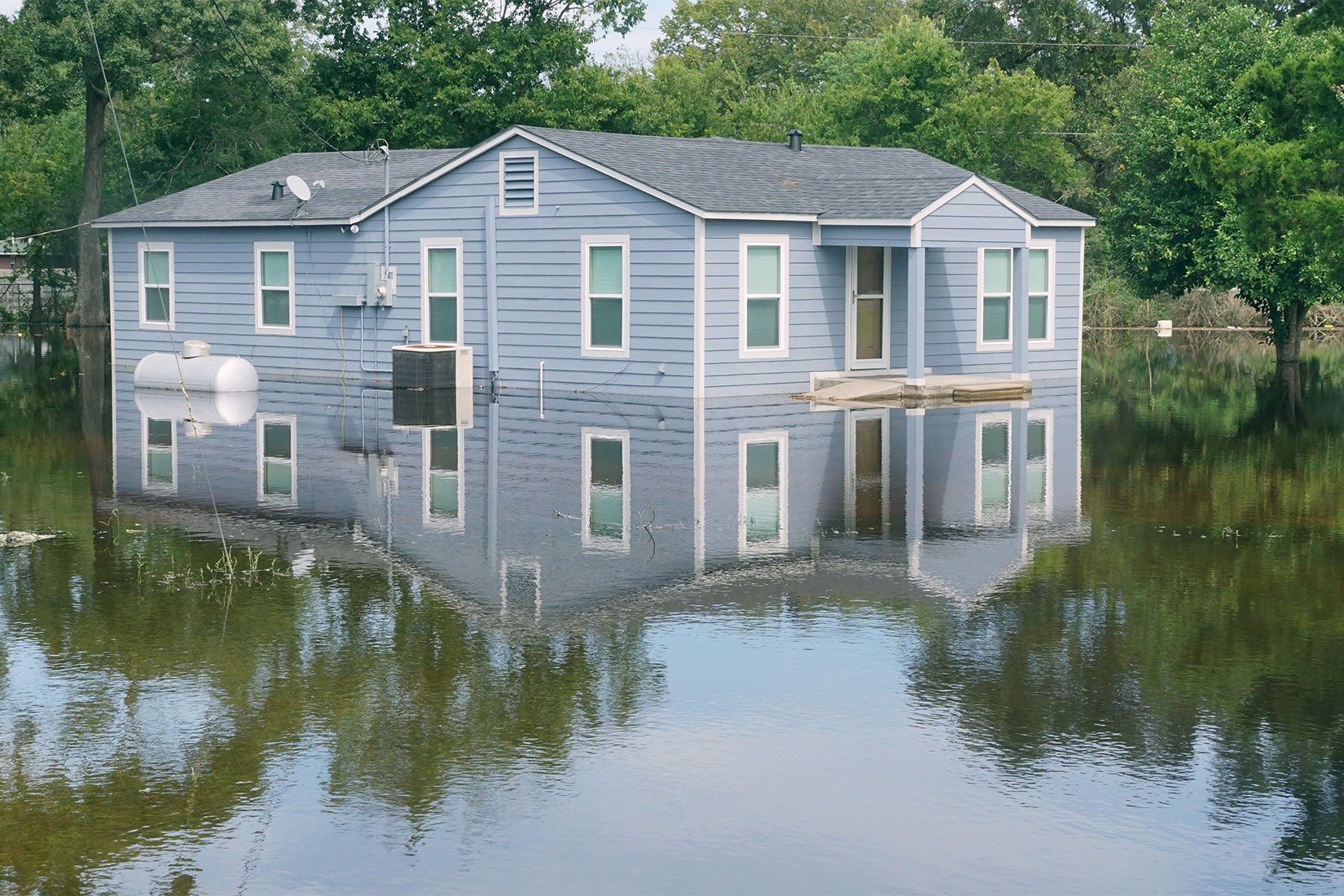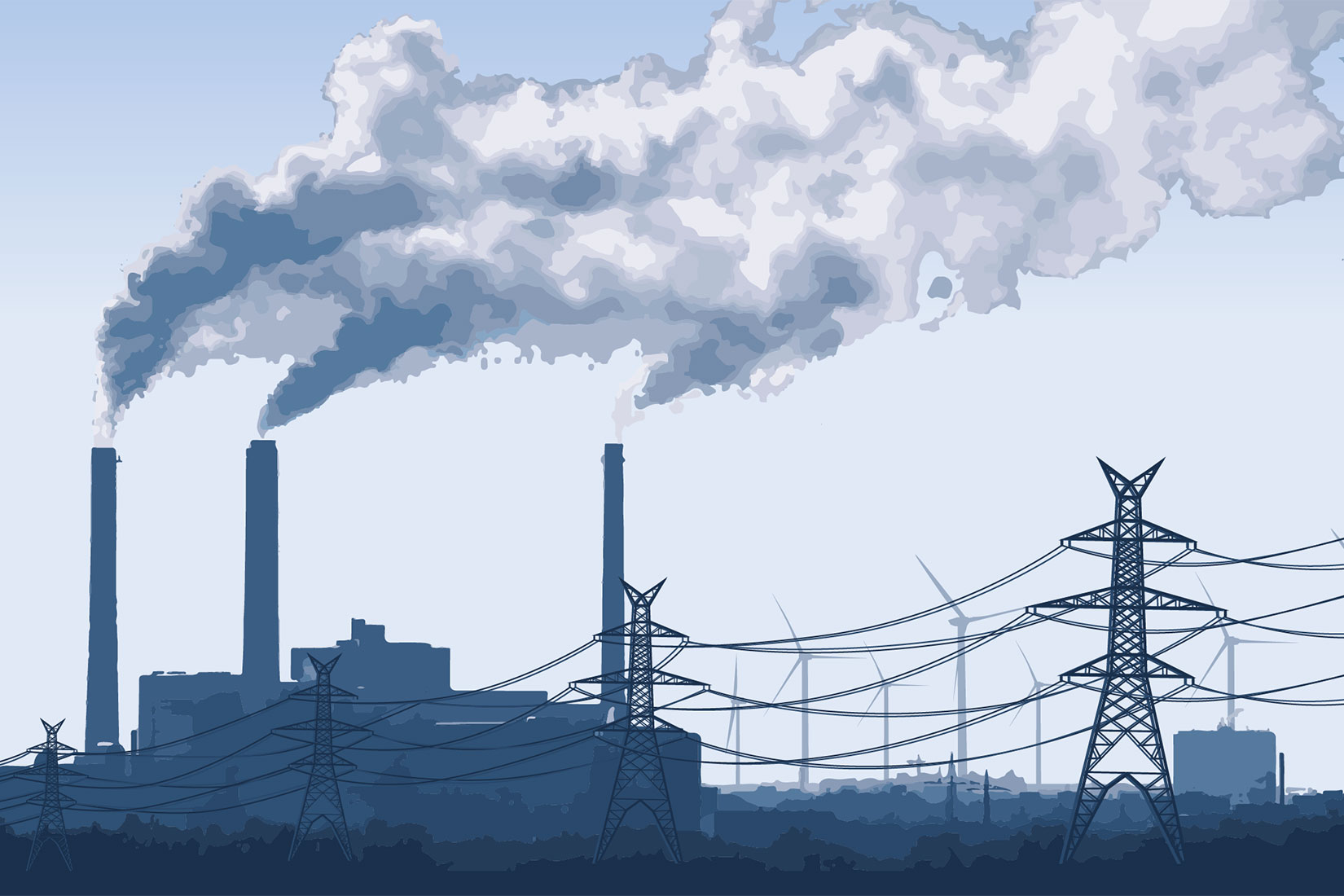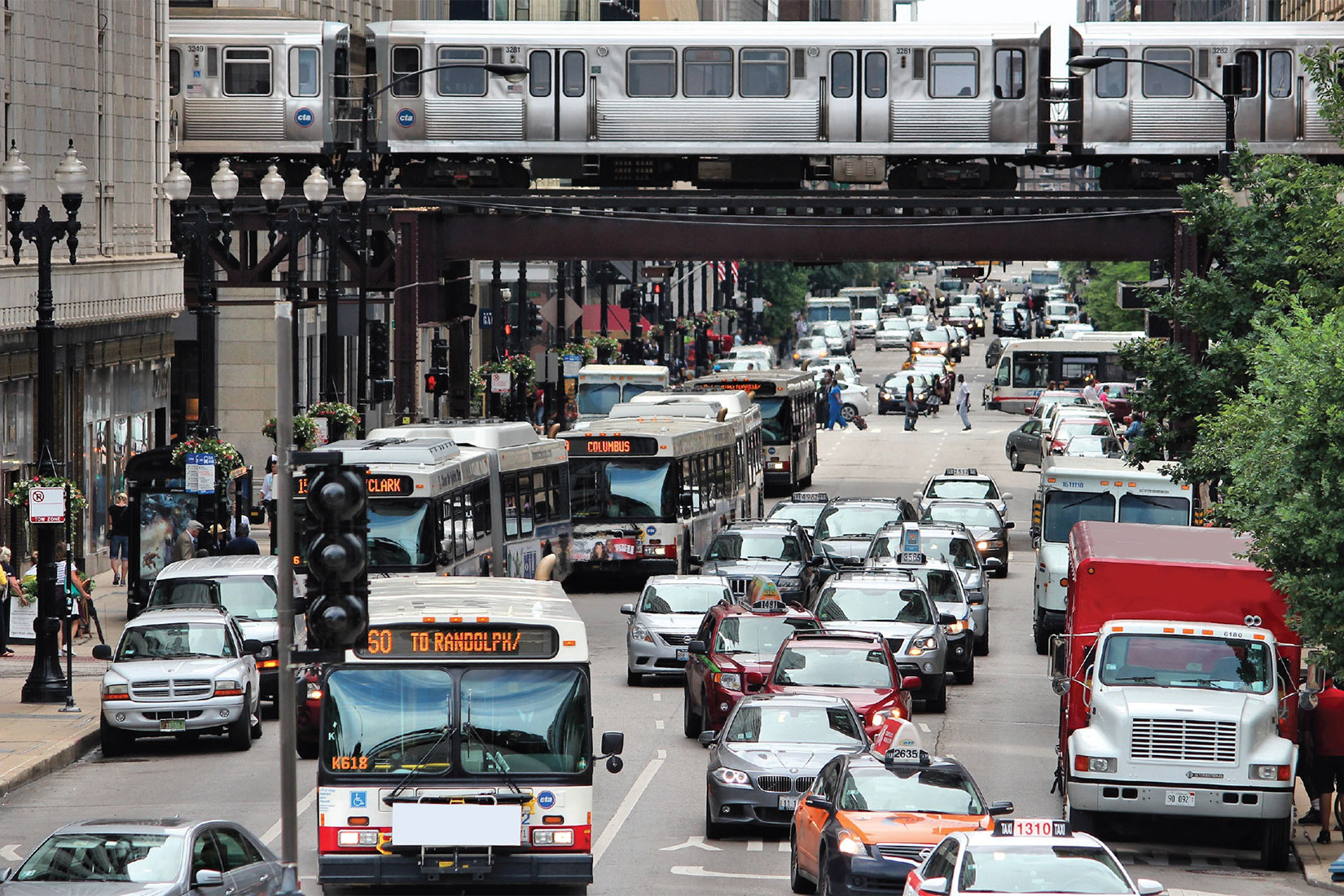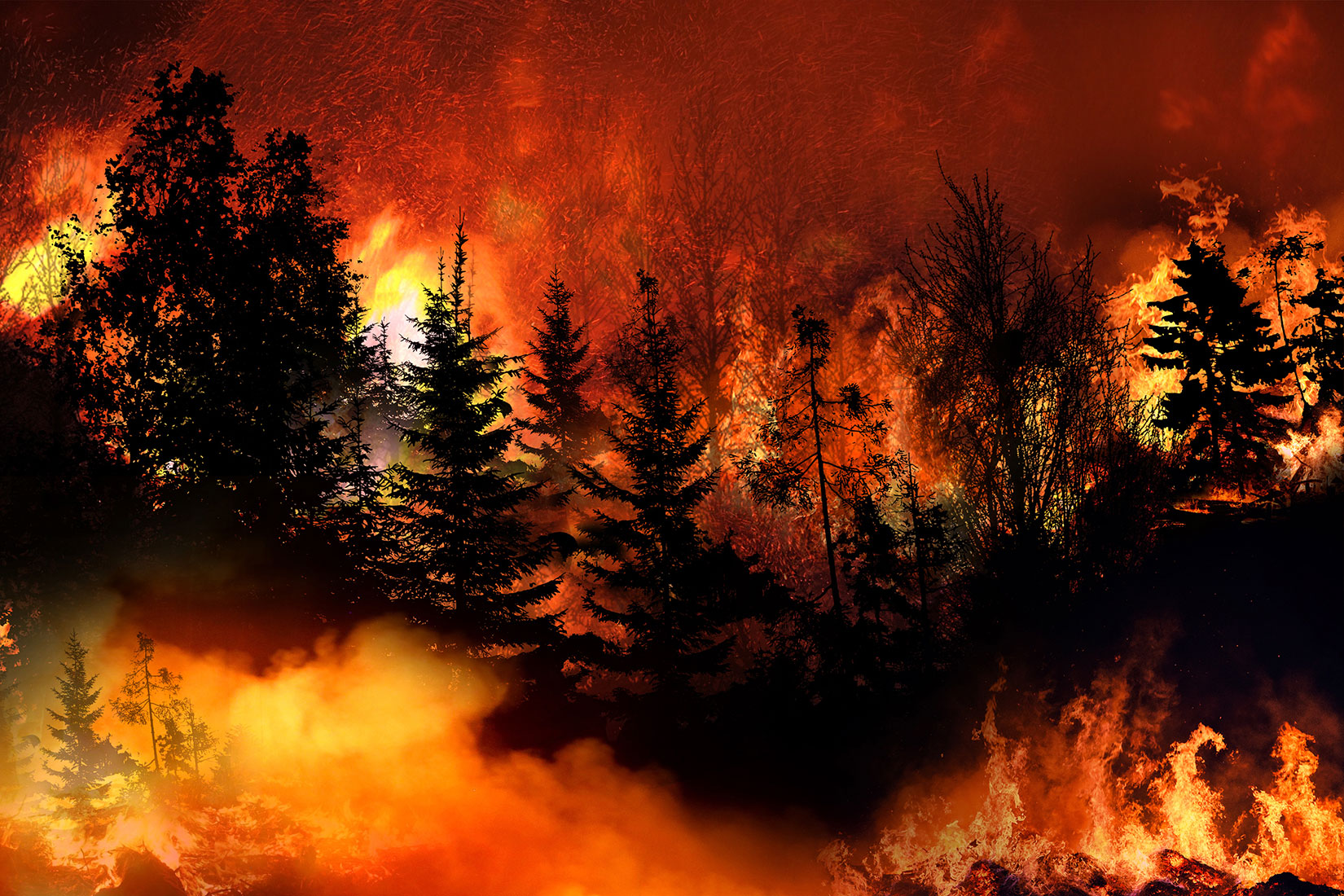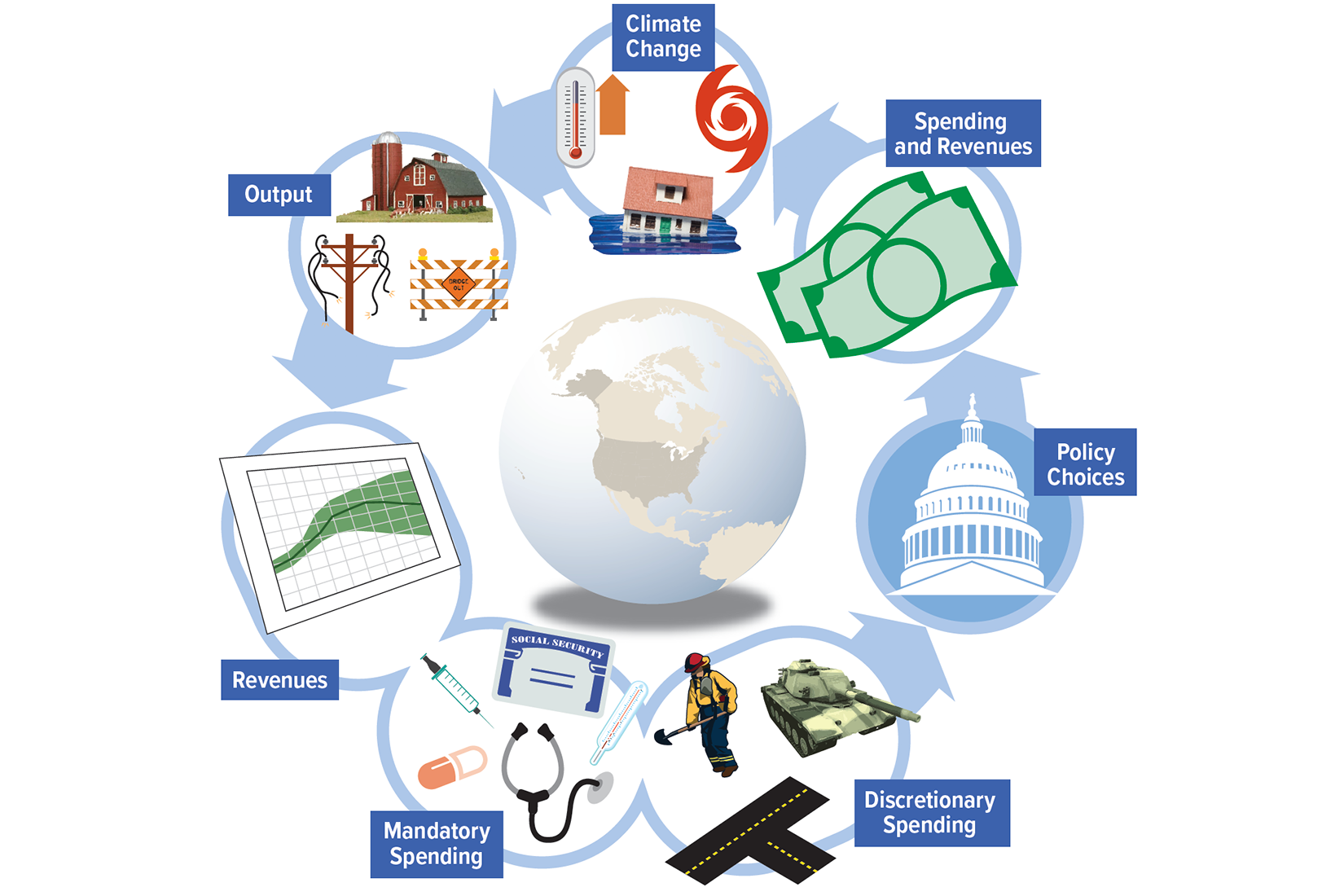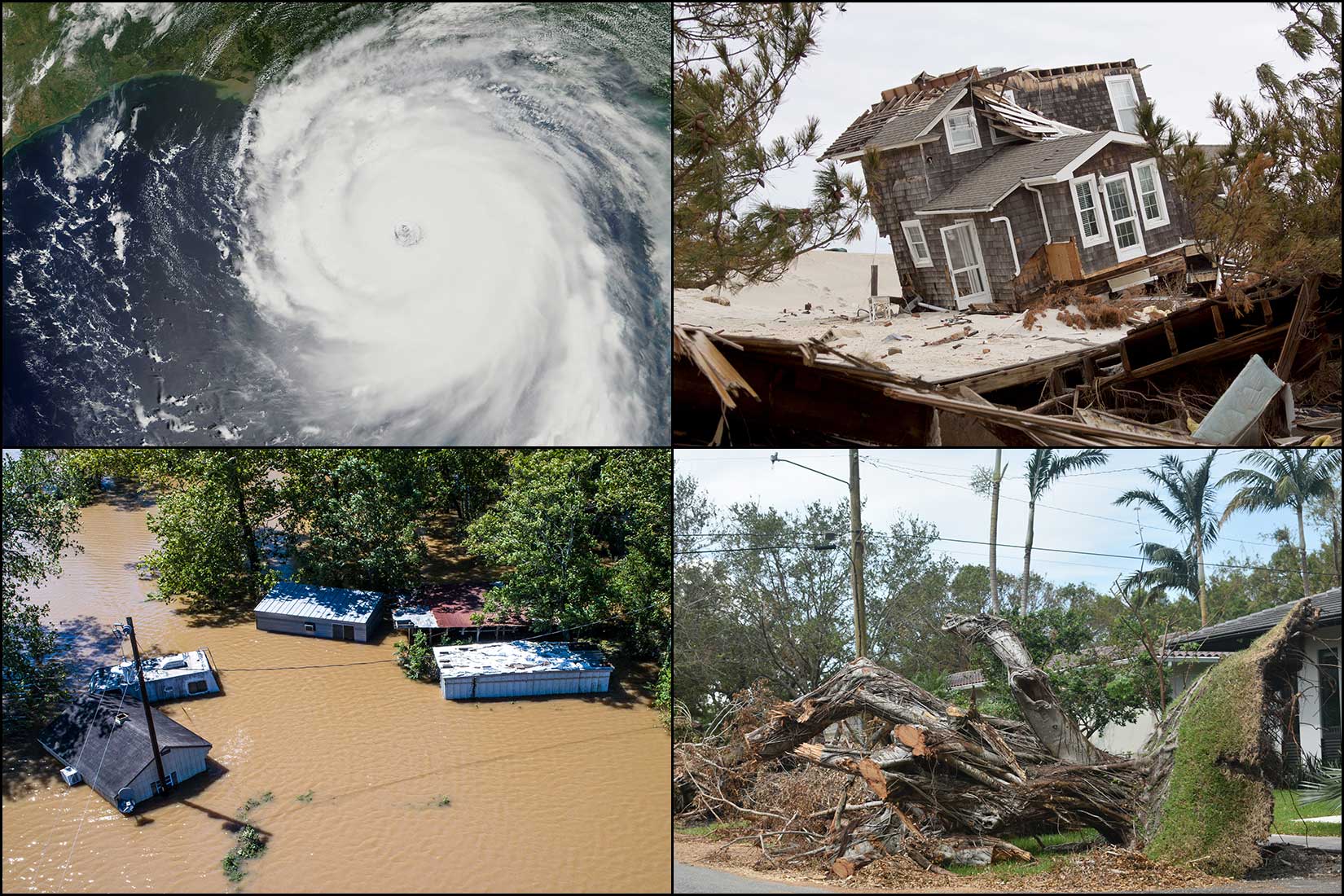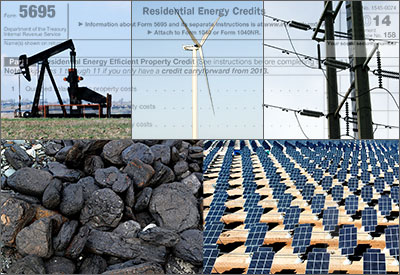CBO provides an overview of greenhouse gas emissions in the manufacturing sector, presents projections of future emissions, and explains how uncertainty about economic conditions, fuel prices, and technology affects those projections.
Climate and Environment
- Report
CBO examines the status, federal support, and future potential of carbon capture and storage—a process that removes carbon dioxide from the emissions of power plants and industrial facilities and stores it permanently underground.
- Report
CBO estimates the flood damage homes with federally backed mortgages are expected to face in multiyear periods centered on 2020 and 2050, reflecting the effects of climate change. The agency also analyzes where that damage is concentrated.
- Report
CBO examines the variation in current and future flood risk across communities with different economic and demographic characteristics.
- Blog Post
To enhance its work for the Congress, CBO is looking for new research that illuminates the effects of federal regulations on energy markets and CO2 emissions, and the effects of federal spending on efforts to adapt to climate change.
- Report
CBO describes recent trends in carbon dioxide (CO2) emissions in the electric power sector, changes in how electric power is produced and the reasons for those changes, and expectations for future CO2 emissions in that sector.
- Report
CBO provides an overview of emissions of carbon dioxide (CO2, the most common greenhouse gas) in the transportation sector, describing the sources of and trends in such emissions and projecting their future path.
- Report
CBO describes how imposing a charge for methane emissions generally affects emissions, companies’ costs, and natural gas prices and discusses how the agency analyzes such a charge.
- Report
CBO analyzes trends in wildfire activity; considers the effects of wildfires on the federal budget, the environment, people’s health, and the economy; and reviews forest-management practices meant to reduce fire-related disasters.
- Report
CBO outlines the main channels by which climate change and policies intended to mitigate or adapt to it affect the federal budget. Climate change increases budget deficits; investments in mitigation or adaptation could reduce those costs.
- Working Paper
This paper describes how CBO constructed its projection of the effect of climate change on U.S. output, how the projected effect should be interpreted, limitations of the analysis, and the central climate-change scenario that CBO used.
- Report
Expected annual economic losses from most types of damage caused by hurricane winds and storm-related flooding total $54 billion—$34 billion in losses to households, $9 billion to commercial businesses, and $12 billion to the public sector.
- Report
CBO finds that premiums collected by the National Flood Insurance Program for policies in effect in August 2016 fell short of the program’s expected costs by $1.4 billion, mainly because of shortfalls in coastal counties.
- Report
In fiscal year 2015, the federal government supported the development, production, and use of fuels and energy technologies through tax preferences totaling $15.8 billion and spending by the Department of Energy totaling $5.4 billion.




